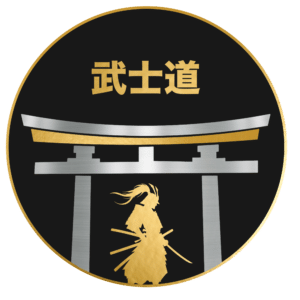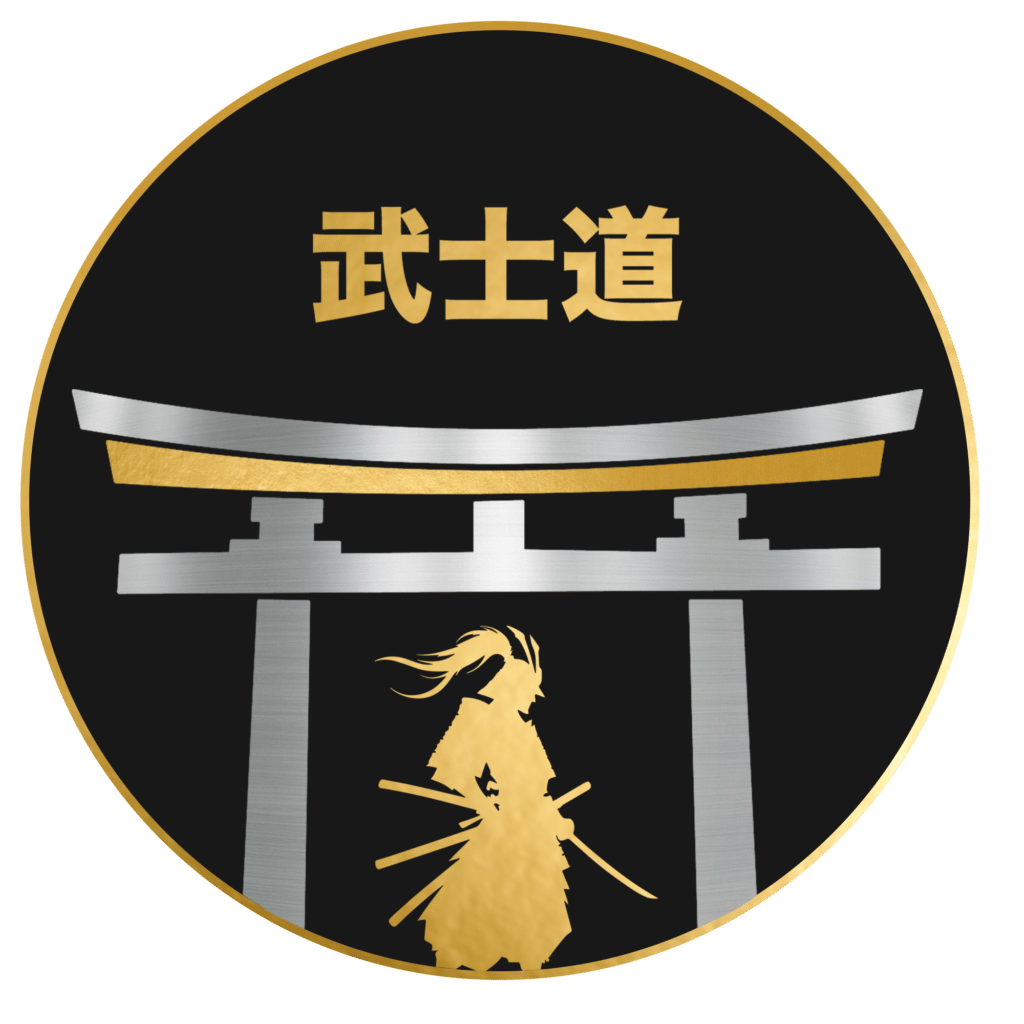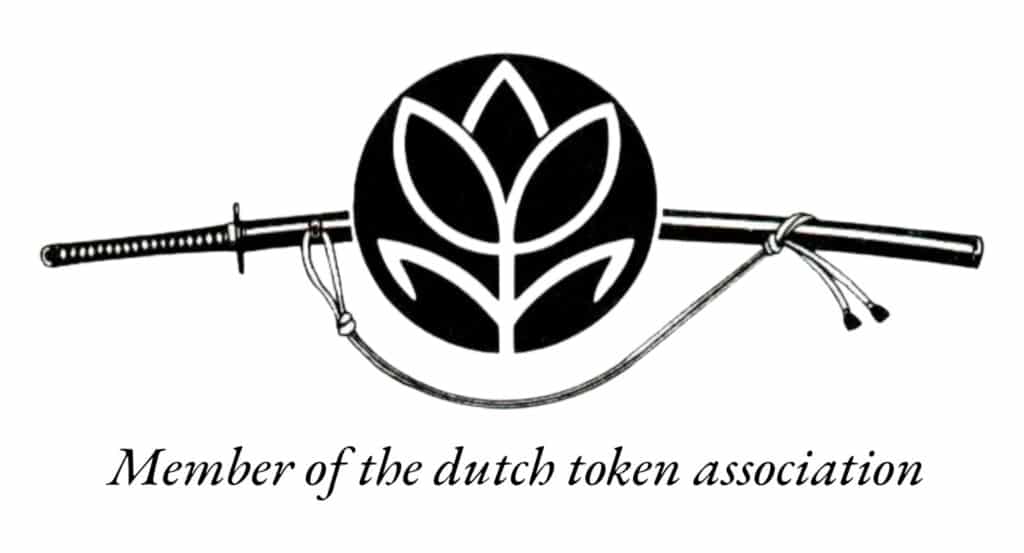Introduction to the Way of the Blade
The art of the Japanese sword—revered not just as a weapon but as a symbol of craftsmanship, tradition, and identity—has evolved through centuries of cultural shifts and historical events. Each blade, whether forged during the warring Sengoku period or in the peaceful Edo era, carries the imprint of its time. Identifying the period of a Japanese sword is more than a matter of dating metal; it’s a pathway to understanding the legacy of samurai, the technological advances of swordsmiths, and the values that shaped generations. Accurate period identification enriches appreciation, validates authenticity, and connects collectors, historians, and enthusiasts to the story behind the steel. In this guide, we’ll explore the key indicators that help place a Japanese sword within its historical context—allowing its silent history to speak once more.
The Five Traditional Sword Periods Explained
Japanese swords have evolved through centuries, each historical period leaving its distinct mark on blade design, forging techniques, and aesthetic details. Understanding these five traditional sword periods is key to identifying a sword’s origin.
Heian Period (794–1185)
Sword-making in the Heian era reflected the aristocratic culture of the time. Blades were slender, curved, and elegant with deep koshi-zori (curvature near the tang). The tangs (nakago) were often finished with minimal file patterns, and hamon patterns (temper lines) were subtle. These tachi-style swords emphasized aesthetics and craftsmanship over battlefield durability.
Kamakura Period (1185–1333)
Widely considered the golden age of Japanese sword-making, the Kamakura period witnessed technical and artistic advancements driven by constant warfare. Blades became more robust with broader kissaki (tips) and active hamon patterns. Swords from famed schools like Bizen and Soshu displayed a balance of function and beauty, with intricate jihada (grain) and bold temper lines.
Nambokuchō Period (1336–1392)
In a time of civil war, practicality took precedence. Swords grew longer and wider to deliver more forceful strikes. This oversized style, called ō-dachi or no-dachi, often had flamboyant hamon and exaggerated curvature suited for open battlefield combat. While less refined in finish, these swords demonstrate the martial spirit of the period.
Muromachi Period (1336–1573)
With mass production becoming more common, swords became shorter and more utilitarian to suit the demands of ashigaru (foot soldiers). The katana form emerged, characterized by simpler designs and more standardized features. Mountings also evolved for quick draw and combat efficiency, setting the stage for the katana’s rise as the primary samurai weapon.
Edo Period (1603–1868)
The long peace of the Edo period shifted sword-making from battlefield utility to symbolic and ceremonial artistry. Blades were generally shorter with elegant curves and finely detailed hamon and horimono (carvings). Swordsmiths emphasized polish, grain pattern, and beauty, catering to a warrior class more centered on status and tradition than war.
By examining a sword’s shape, curvature, temper line, and craftsmanship, one can often trace its lineage to one of these defining periods—offering a deeper appreciation for the artistry and history forged into every blade.
Signs in the Steel: Blade Shape and Style
The silhouette of a Japanese sword tells a story that spans centuries. Early blades from the Heian period (794–1185) often exhibit gentle curves and slimmer profiles, reflecting their use from horseback. As warfare evolved through the Kamakura period (1185–1333), so did the swords—becoming sturdier with deeper curvature near the base to meet the demands of hand-to-hand combat. By the Muromachi period (1336–1573), the iconic tachi began to give way to the katana, featuring a more moderate curve and shorter length for ease of use on foot.
During the Edo period (1603–1868), peace brought refinement. Swordsmiths emphasized balance and elegance, leading to straighter blades with a focus on craftsmanship over battlefield utility. Meiji-era (1868–1912) blades, while sometimes retaining traditional lines, were influenced by Western military styles, often incorporating changes in blade thickness and mountings.
These shape and style shifts offer key visual indicators. The curvature (sori), length, kissaki (tip style), and even the presence or absence of a hi (groove) are clues to a sword’s origin. Paired with other features, the blade’s profile becomes a powerful tool in pinpointing its period.
Hamon and Hada: The Sword’s Inner Pattern
To truly appreciate the artistry and era of a Japanese sword, one must examine two intimate features: the hamon and the hada. The hamon—the undulating or straight line along the blade’s edge—is the result of differential hardening, a technique that allowed smiths to harden only the cutting edge while keeping the spine softer and more resilient. These patterns vary by school and period: early Koto blades (pre-1600) often showcase subtle choji (clove-shaped) or suguha (straight) hamon, while Shinto period swords (1600–1780) leaned toward more flamboyant midare (irregular) patterns as decorative aesthetics flourished. Shinshinto blades (1780–1876) continued this trend but sometimes revived more traditional styles, reflecting a nostalgic return to Koto-era craftsmanship.
Equally telling is the hada—the “skin” or grain of the steel, born from repeated folding of the tamahagane. This results in textures such as mokume (wood grain), itame (board grain), or masame (straight grain). Koto blades often display a visible and complex hada due to lower-purity steel and intense folding. In contrast, Shinto era hada can be more uniform and less visible, as improved steel processing reduced impurities. Observing the hada under proper lighting reveals the smith’s technique and the region’s metallurgical style, pointing to the sword’s origin in both time and place.
Together, the hamon and hada act as the sword’s fingerprint, offering vital clues to its period and the master who forged it.
Nakago: The Signature Within
Tucked away in the hilt, the nakago—the tang of a Japanese sword—holds some of the most revealing clues about its origin. Though hidden during display or use, this part of the blade is a treasure trove for historians and collectors. Its shape, condition, and most notably, its inscriptions (mei) can help determine not only the swordsmith but also the era in which the sword was forged.
The patina on the nakago is a subtle but telling indicator. Older blades exhibit a dark, even, oxidized surface, developed naturally over centuries. This coloration should not be polished or removed, as it’s vital for authenticity. The shape of the nakago, from the curvature to the placement and style of the mekugi-ana (peg holes), evolved over different periods. For instance, tangs from the Heian and Kamakura periods often have a longer, more graceful taper, while those from the later Edo period may appear shorter and straighter.
Equally important is the mei. A well-preserved signature can identify the swordsmith and sometimes the exact date of creation. However, caution is essential—mei can be forged or added later. That’s why cross-referencing with verified records and consulting experts is key.
When used alongside other blade features, the nakago serves as a silent witness to the sword’s history, offering concrete insights into its age and authenticity.
Mountings and Fittings: Echoes of the Era
The mountings and fittings of a Japanese sword—particularly the tsuba (guard), fuchi (collar), kashira (pommel), and menuki (hilt ornaments)—offer rich visual cues to its historical origin. These elements evolved alongside shifts in fashion, politics, and warfare, each era leaving behind distinct artistic signatures.
During the Kamakura period (1185–1333), sword mountings remained restrained, emphasizing utility over decoration. Tsuba from this era were often simple iron plates with minimal embellishment. Moving into the Muromachi period (1336–1573), design became more pronounced, with openwork tsuba and symbolic motifs such as chrysanthemum and family crests reflecting rising samurai aesthetics.
The opulence of the Edo period (1603–1868) transformed fittings into miniature canvases of craftsmanship. Artisans like the Goto and Shoami schools began producing intricate gold and silver inlays, mythological themes, and seasonal imagery that aligned with the formalized status of the samurai class. Hilt ornaments and scabbard fittings from this era showcase exceptional technique and cultural references relevant to the courtly tastes of the time.
By studying the materials, motifs, and style of a sword’s mountings, collectors and historians can often place a blade within a particular timeframe. These elements act as both functional and expressive extensions of the sword, echoing the era in which it was both forged and revered.
Provenance and Paperwork
When determining the period of a Japanese sword, provenance and paperwork can be just as revealing as the blade itself. Official documentation—such as NBTHK or NTHK certificates—provides expert validation of a sword’s authenticity, school, maker, and estimated period. These certifications are issued after rigorous appraisal by Japan’s top sword societies and often include detailed oshigata (blade tracings) and descriptions that match your sword’s characteristics.
In addition to certificates, historical ownership records or inclusion in daimyo collections can significantly enhance a sword’s value and verify its age. Even modern appraisals from reputable dealers or scholars can shed light on a blade’s era, especially when original documents have been lost.
Always verify the legitimacy of any paperwork and cross-reference dates, terminology, and attributions with credible sources. Provenance doesn’t just confirm a sword’s origin—it weaves its story through time, anchoring it within the rich legacy of Japanese craftsmanship.
Conclusion: Learning with Stillness
Learning to identify the period of a Japanese sword is as much a journey of patience as it is of knowledge. Each blade tells a story—etched not just in its steel, but in the subtleties of its shape, grain, temper line, and fittings. Mastering this art requires more than memorization; it asks for quiet observation, repeated study, and a respect for history that deepens with time.
In this pursuit, stillness becomes a powerful tool. When we slow down, we begin to notice the fine differences between a Kamakura and a Muromachi sugata, or the nuanced shift from Yamashiro to Sōshū craftsmanship. It is through this calm attentiveness that the sword reveals its secrets.
Allow your understanding to unfold gradually. Engage with trusted resources, study authentic examples, and if possible, handle real blades with expert guidance. Each observation adds to your inner library, shaping a sensitivity that cannot be rushed.
Above all, remain curious. The world of Japanese swords is vast and layered, offering more to the mindful student at every turn. In stillness and perseverance, you’ll find clarity—and, eventually, certainty.





